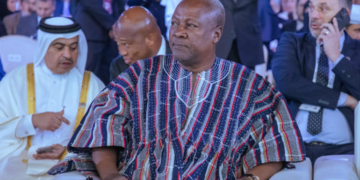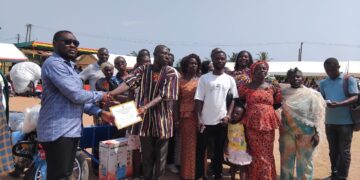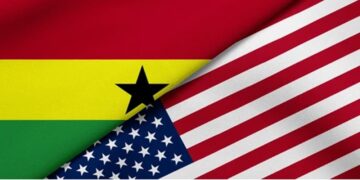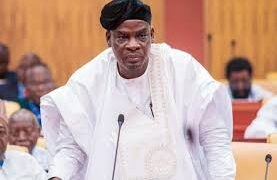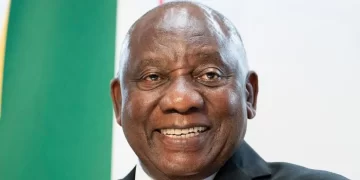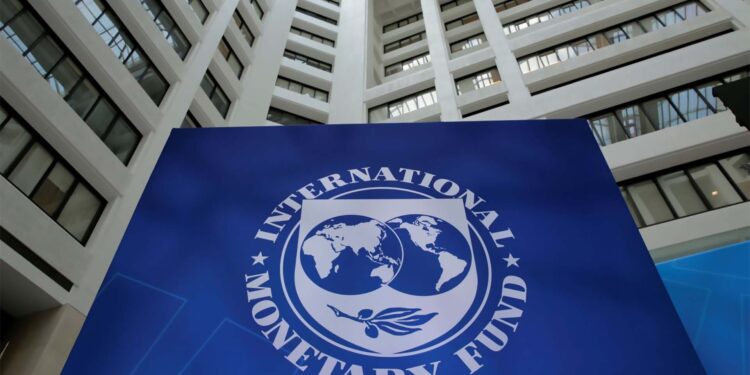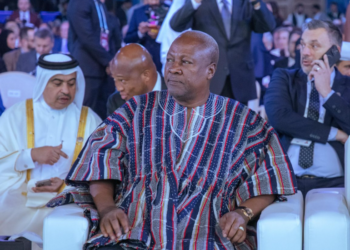Ghana has been identified as the second-largest recipient of concessional loans under the International Monetary Fund’s (IMF) Poverty Reduction and Growth Trust (PRGT), with outstanding obligations amounting to 2.242 billion Special Drawing Rights (SDR), equivalent to 17 percent of the total borrowings under the facility.
Africa Dominates IMF Concessional Lending
According to the IMF’s financial statements and reports as of October 31, 2024, Africa accounts for 78 percent of the PRGT’s outstanding loans, reflecting the continent’s heavy reliance on concessional financing to address economic and developmental challenges.
Ghana’s position as the second-largest debtor is surpassed only by Ethiopia, which owes 2.256 billion SDR. Zambia follows Ghana with 1.272 billion SDR in obligations.
Kenya and Ivory Coast rank fourth and fifth, respectively, while other countries share the remaining 44 percent of SDR borrowings.
Read Also: President Mahama seeks revival of $190M MCC grant to tackle Energy Sector challenges
Europe, in contrast, holds only one percent of the concessional loans, making it the least recipient region.
Ghana’s Debt Woes
Ghana’s significant reliance on IMF concessional lending comes amid severe economic challenges.
Following a debt default in 2023, the country secured a $3 billion bailout under the IMF Extended Credit Facility (ECF) to stabilise its economy.
So far, Ghana has received $1.92 billion under the programme, with the remaining disbursements expected in subsequent tranches.
These loans have provided critical fiscal relief but also underscore the country’s vulnerability to debt distress.
With an outstanding PRGT obligation of 2.242 billion SDR, Ghana’s heavy borrowing reflects its urgent need to address fiscal imbalances and implement structural reforms.
The Path Forward
Ghana’s economic recovery hinges on its ability to balance debt repayment with sustainable growth.
The IMF bailout comes with conditions aimed at fiscal consolidation, strengthening public financial management, and addressing structural inefficiencies in key sectors.
Analysts warn that while concessional loans offer temporary relief, long-term solutions require diversifying revenue sources, reducing fiscal deficits, and improving governance to attract private investment.
Broader Implications for Africa
Ghana’s debt situation mirrors broader challenges faced by many African nations heavily reliant on concessional lending.
The continent’s dominance in the PRGT underscores the pressing need for structural economic reforms and enhanced debt management strategies.
As the IMF and other global institutions continue to support Africa’s recovery efforts, the focus will remain on striking a balance between immediate financial relief and long-term economic sustainability.
Ghana’s journey offers a crucial test case for the effectiveness of such interventions.

